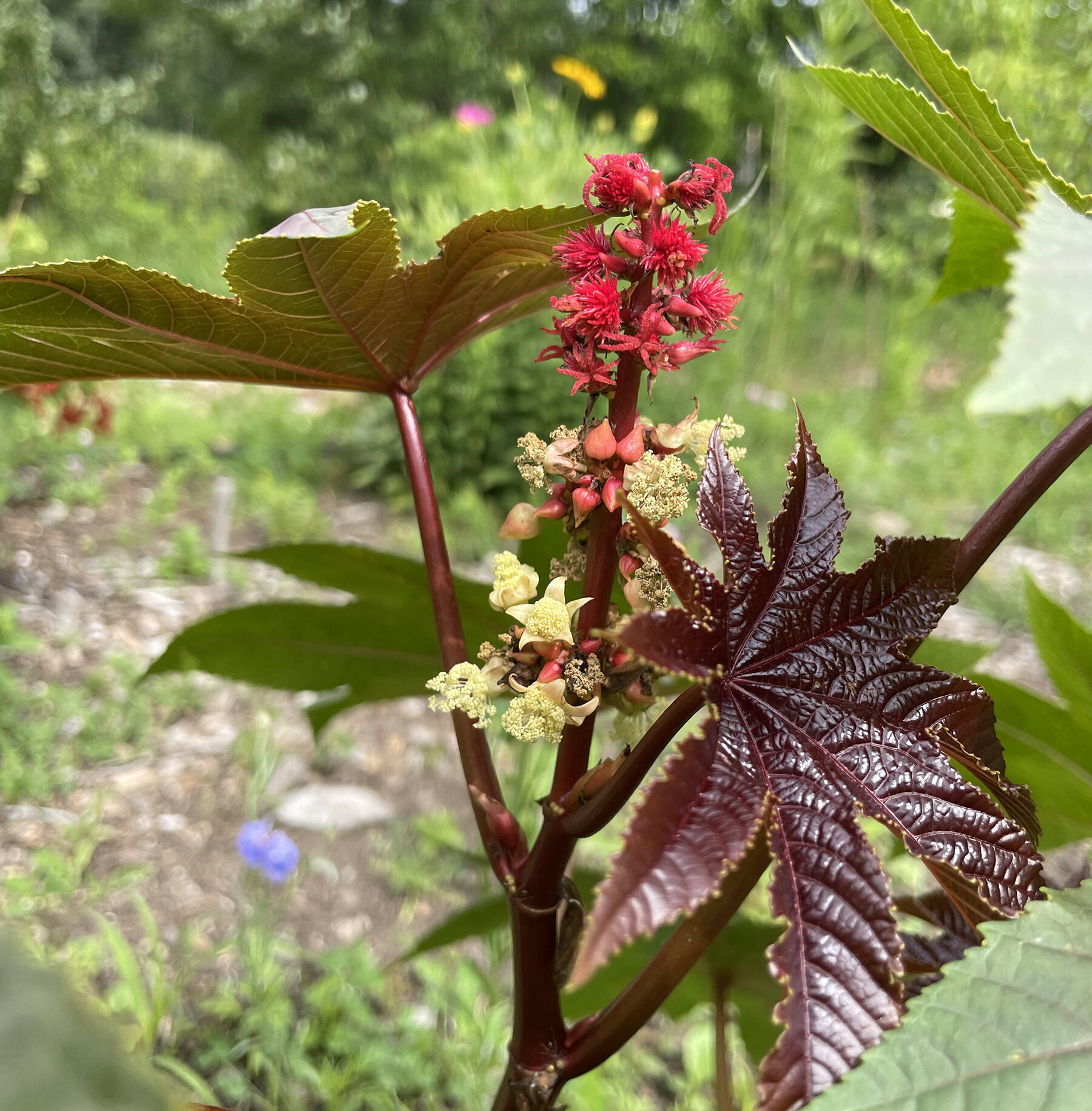I now hold the book in my hands. I’m surprised by its slight weight, it’s smooth surface. The cover painting is a detail from a watercolor of the orchard and inside are the rows of trees: training in the Noh Theater in Kyoto, raising my children in the old Baptist church in Groton, Massachusetts, moving to Old Frog Pond Farm in nearby Harvard, restoring an abandoned orchard, Zen Buddhist training, and the important personal relationships that have shaped my life.
The book leaning against the wall sculpture, Repetition of Days, from “The Agricultural Tool Series.”
Like a sapling, this writing has taken years to bear fruit. I have written mostly in winter. However, soon after settling into a writing schedule, the first warmth fills the air and the farming season begins. The doing takes over—the weeding, the planting, the tending. I’ve had to learn patience. While the apple trees have had to withstand a freak October ice storm, vole attacks, and the confusion of spring coming far too early, I’ve also lived through challenging events. The hope, of course, is that I am a little stronger. After all, like the trees, we can learn to be resilient and generous despite the inevitable setbacks the wild beasts leave at our door.
Now the published book is here and I hope many of you will celebrate with me on Saturday, October 30th at 2 pm. We’ll meet at Sanctuary, a recently restored large church in the center of Maynard, Massachusetts. In keeping with the community of individuals of who have contributed to the becoming of the book, a few musicians and poets will share the stage with me. Seating will be around small tables and make it possible to maintain social distances. We’ll wear masks and vaccination certificates will be checked at the door (or a PCR test within three days.)
Copies of The Artist the Orchard: A Memoir will be for sale. If you have already bought one, come anyway and I’ll sign your book. If you live far away, the memoir is now available from the publisher, Loom Press, local bookstores as well as at bookstore.org and other online sites.
Enjoy the new season, and I look forward to sharing this event with you.











